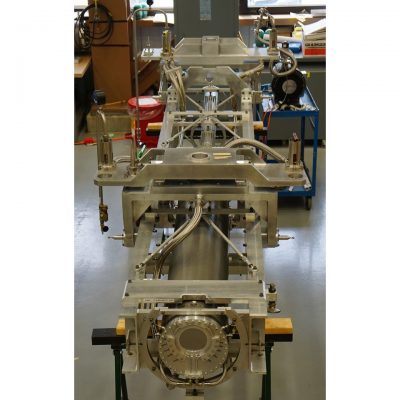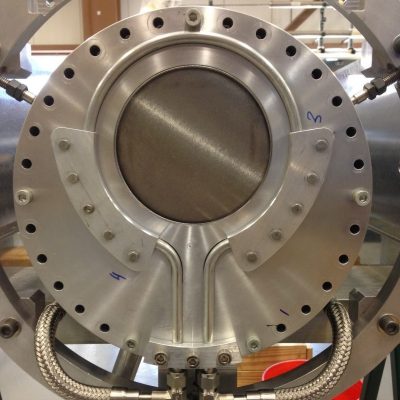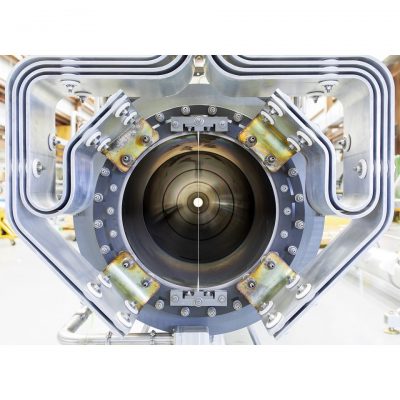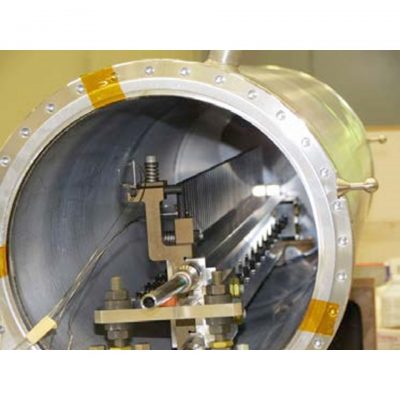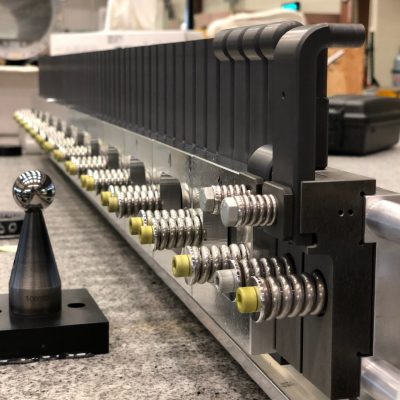The Radiation Damage In Accelerator Target Environments (RaDIATE) collaboration, led by Fermilab, supports advances in the field of particle physics by identifying ways to mitigate radiation damage to accelerator materials with the objective of enabling a significant boost to beam power in the future.
Particle accelerator limitations
Although technology continues to advance, the beam power of today’s particle accelerators is limited by a variety of factors.
The Neutrinos at the Main Injector (NuMI) beamline at Fermilab1, the Spallation Neutron Source at Oak Ridge National Laboratory2 and the Materials and Life Science Experimental Facility (MLF) at J-PARC3 have all operated at reduced beam powers for extended periods, not due to limitations of the accelerators themselves but because of target survivability concerns.
Next-generation accelerator target facilities are expected to operate at unprecedented beam powers (at a multi-MW level or higher). Timely research into robust high-power targets is essential to fully reap the benefits of these experiments.
RaDIATE’s research answers a pressing need to better understand and predict the radiation response of structural beam-intercepting device materials.
Exploring solutions
In 2012, a Proton Accelerators for Science and Innovation (PASI) workshop was held at Fermilab. At this event, participants from high-power accelerator facilities around the world identified radiation damage to materials as the most cross-cutting challenge facing high-power target facilities.
A draft memorandum of understanding (MoU) outlining the following three objectives was signed by the original five institution members in the spring of 2013.
- Generate new and useful materials data for application within the accelerator and fission/fusion communities
- Recruit and develop new scientific and engineering experts who can cross the boundaries between these communities
- Initiate and coordinate a continuing synergy between research in these currently disparate communities, benefitting both accelerator applications in science and industry and carbon-free energy technologies
Since 2013, the collaboration has grown to more than 100 participants and 20 institutions.
[1] J. Hylen, “NuMI 700 kW Operation,” presented at the 10th International Workshop on Neutrino Beams and Instrumentation, Tokai-mura, Japan, 2017.
[2] D. Kramer, “Oak Ridge Officials are Puzzled by Failure of Targets at Spallation Neutron Source,” Physics Today, 31 December 2014.
[3] K. Hasegawa, N. Hayashi, Y. Hori, M. Kinsho, T. Koseki, F. Naito, H. Oguri, K. Yamamoto, N. Yamamoto, and Y. Yamazaki, “Performance and Status of the J-PARC Accelerators,” in Proceedings of the 8th International Particle Accelerator Conference, Copenhagen, Denmark, 2017.
